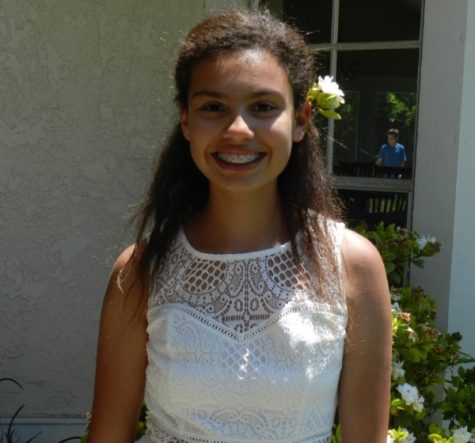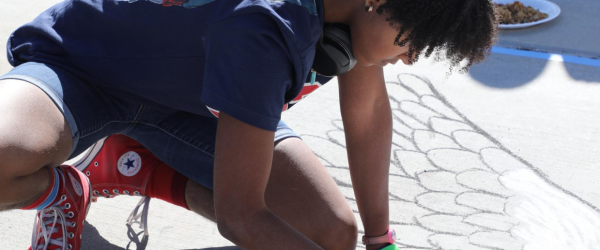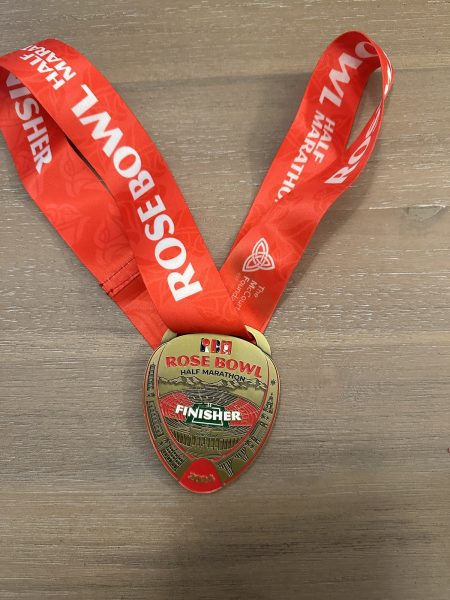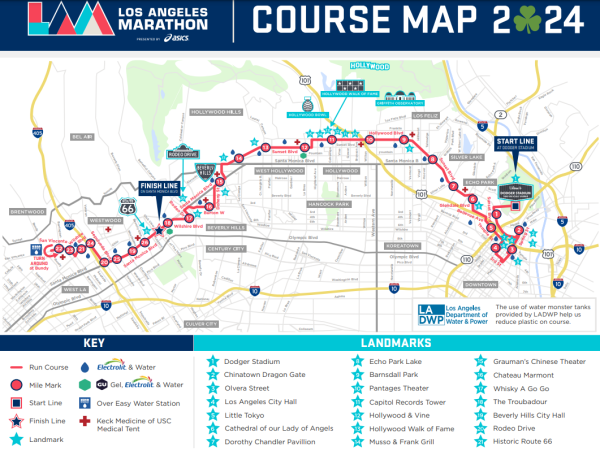How do American Schools Compare to Schools In Other Countries?
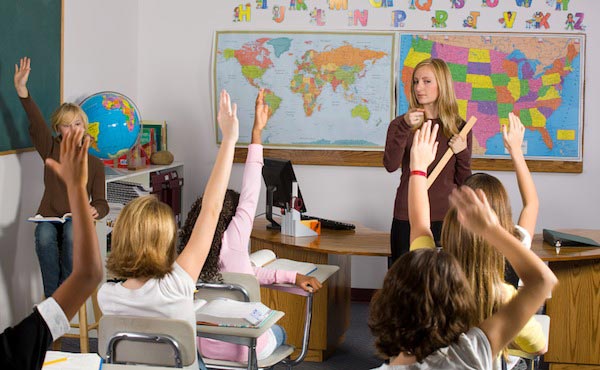
Photo courtesy of Outside The Beltway.
March 2, 2017
Schools all over the world use various teaching styles and techniques to make sure their students are successful but some schools prepare students much better than others. Why are schools in other countries doing better than American schools when they aren’t given any homework and have shorter school hours?
According to The Guardian, the United States is ranked fourteenth in order of how well students in each country perform in reading, math, and science. The two highest ranking schools on the list were South Korea and Finland.
While approximately a quarter of American students do not graduate high school, only seven percent of South Korean students do not graduate. “No one just drops out of school. A student may transfer to another school, but no one just drops out. … To drop out of school is a major disaster, a catastrophe. It wouldn’t happen unless it was unavoidable,” stated Chung Chang Yong, the principal of a South Korean girls’ school as reported by ABC News.
In Finland, children don’t start school until they are seven years old, and they aren’t assigned homework or take tests until they are older teenagers, however they outperform American students who generally start school at four or five years old and start taking tests as early as kindergarten. In addition, the first time a Finnish student will take a standardized test will be at age sixteen and the cost of educating each student is thirty percent less than the cost of educating American students according to Business Insider. The difference between the education that American students are given compared to Finnish students is that Finnish schools are more interactive with students and have more activities such as science labs for them to take part in. Finnish students also receive longer breaks than students do in America. On average an American elementary school gives their students a 27 minute recess while a Finnish elementary school gives their students a 75 minute recess. Finland also has a smaller teacher-student ratio and requires all teachers to have a masters degree in order to teach.
ABC News stated,“The U.S. also is one of only two countries, along with tiny Estonia, where the percentage of high school graduates is lower among younger workers than among their parents — stunning for a nation whose identity always has been defined by the expectation of better tomorrows.”
“Its sad that countries that give their students almost no homework and have shorter school hours beat America academically. One of the reasons that other countries beat America academically might be that American students focus on sports in addition to their grades instead of just focusing on academics like they do in other countries,” stated Alhees Basharmal (9).


